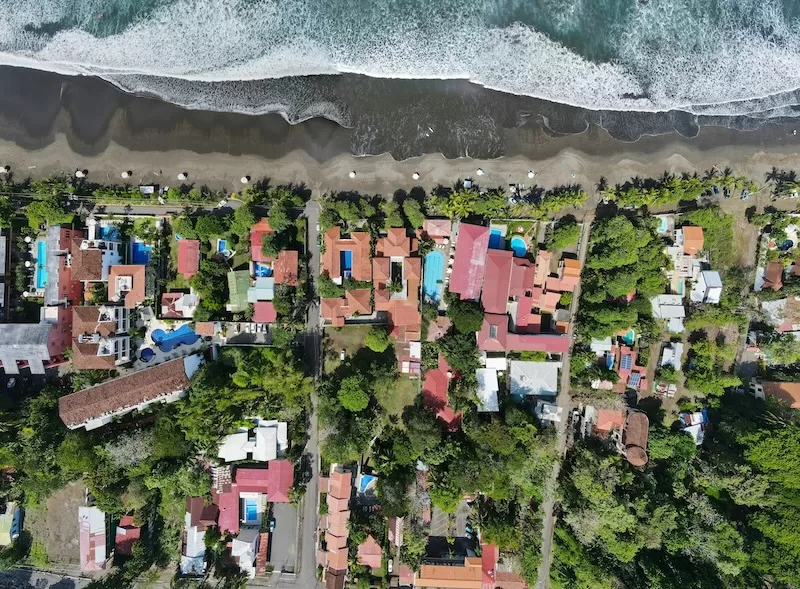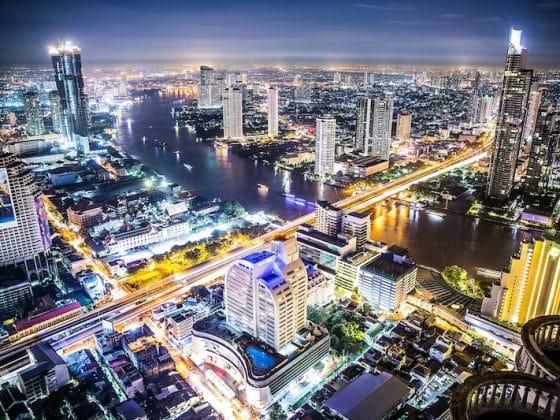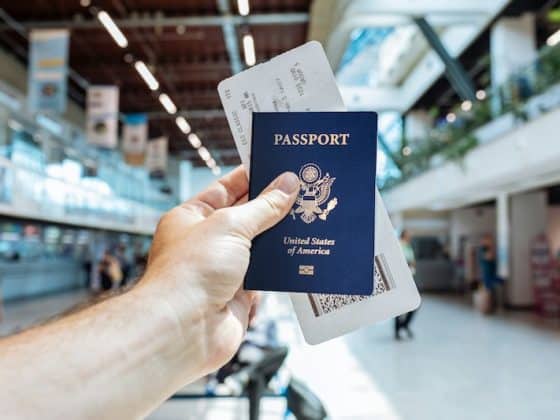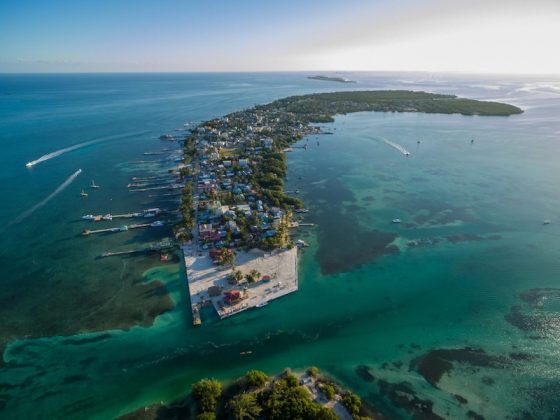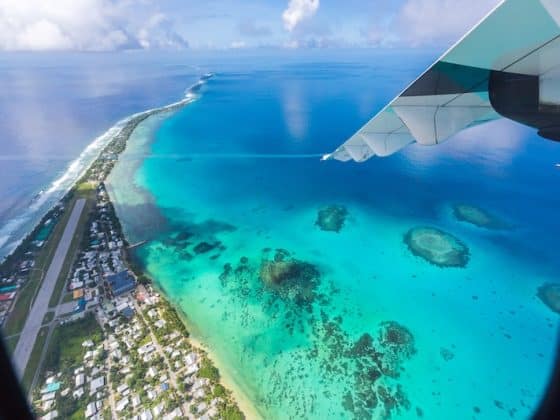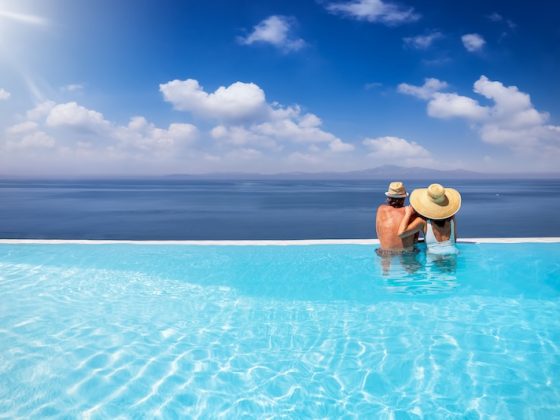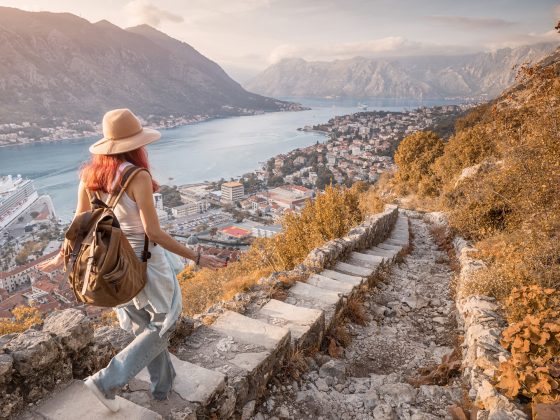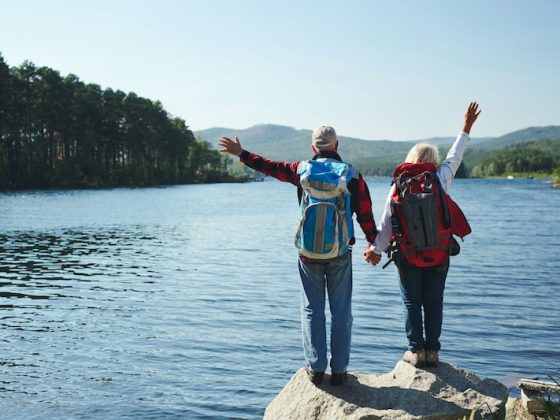Introduction
Few destinations combine tropical beauty, political stability, and modern comfort quite like Costa Rica. For retirees, expats, and digital nomads, Costa Rica homes for rent offer an easy gateway into a relaxed, nature-rich lifestyle.
In 2025, the rental market remains strong, fueled by both international demand and Costa Rica’s thriving eco-tourism economy. From ocean-view villas in Guanacaste to cozy homes surrounded by cloud forest in Atenas, the options cater to every taste and budget.
Renting instead of buying allows newcomers to test different regions before settling long-term (a bit like dating the country before you marry it). And with flexible visa options and robust expat support networks, Costa Rica has become one of the easiest countries in Latin America to call home.
Understanding the Costa Rica Rental Market
Costa Rica’s rental market is evolving in fascinating ways. What was once a niche expat scene has matured into a diverse ecosystem of retirees, digital nomads, and young families trading suburban sprawl for Pura Vida calm.
Rental Prices by Region
Rental prices fluctuate like the tides, rising near the beaches, gentler in the valleys. But there’s something for every budget:
- San José & The Central Valley — $600–$1,200/month
In Escazú, Santa Ana, or Heredia, expect comfortable apartments close to hospitals, international schools, and cafés serving surprisingly good cappuccinos. The climate is cooler, the infrastructure solid, and expats here enjoy being just an hour from the coast yet firmly plugged into city life. - Guanacaste (North Pacific) — $1,200–$3,000/month
The “Gold Coast” earns its name. From Tamarindo to Nosara, luminous villas line the hillsides, with yoga studios and surf shops scattered between. Expect higher prices for ocean views, but also world-class sunsets, strong expat networks, and fiber-optic internet that keeps remote workers happy. - Southern Zone (Dominical, Uvita, Ojochal) — $800–$1,500/month
Rainforest, hidden beaches, and homes that open onto mountain ridges alive with toucans. These towns attract a quieter crowd: eco-minded retirees, remote creatives, and families seeking a slower rhythm of life. - Caribbean Coast (Puerto Viejo & Cahuita) — $500–$1,000/month
Wild, warm, and colorful, Costa Rica’s Caribbean is a world apart. Puerto Viejo and Cahuita purr to a reggae beat, where life moves by bicycle and homes are painted in hues that match the jungle flowers. Rents are lower, but the cultural richness and community spirit are priceless.
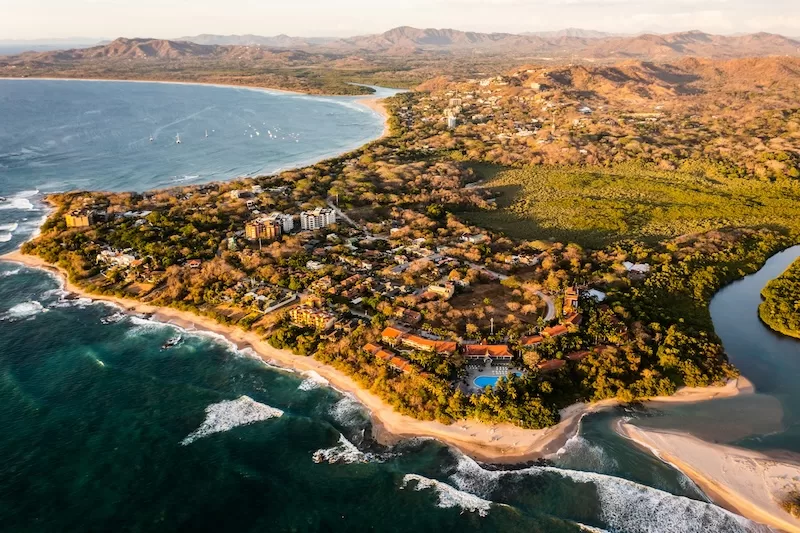
While short-term rentals via Airbnb dominate tourist hubs, long-term rentals are the backbone of expat life. Remote workers sign six-month leases to qualify for digital nomad visas, retirees settle into furnished condos overlooking the Pacific, and young families rent mountain-view homes while scouting for land to buy later.
The flexibility is part of Costa Rica’s appeal. You can live beachfront for a season, then move inland when you crave cooler air.
According to Numbeo, average rents remain about 38% lower than in the U.S., with the most significant savings found outside major tourist towns. And because landlords often prefer long-term, reliable tenants, respectful negotiation can go a long way in securing a fair price, or even a few tropical perks like garden maintenance or pool access.
Read more like this: Costa Rica Cost of Living Guide: Prices, Budgets and Tips
Best Areas to Find Costa Rica Homes for Rent
San José and the Central Valley
If you want reliable Wi-Fi, international schools, and a world where your coffee comes with latte art, the Central Valley is your zone. This is Costa Rica’s cultural and economic heartbeat, home to Escazú, Santa Ana, and Atenas, where modern malls and boutique cafés coexist with gorgeous green hills.
Here, the weather stays springlike year-round (around 70–80°F / 21–27°C), and the capital’s bustle is balanced by tranquility just minutes away. Many expats choose this area for its proximity to Juan Santamaría International Airport, top hospitals, and bilingual communities. It’s ideal for professionals, retirees, and families who want to blend city comfort with mountain views.
Fun fact: Atenas is often called “the best climate in the world,” a claim backed by the National Geographic Society for its mild temperatures and low humidity.
Guanacaste and the Gold Coast
If the Central Valley is Costa Rica’s brain, Guanacaste is its golden heart: warm, open, and endlessly sunlit. The region’s nickname, the Gold Coast, isn’t just about the sand. It’s about the high quality of life that comes with year-round sunshine and postcard-perfect beaches.
Towns like Tamarindo, Playa Flamingo, and Nosara have evolved from sleepy surf villages into international hotspots. Nosara, in particular, has built a reputation as one of the world’s premier wellness destinations, attracting everyone from tech entrepreneurs to traveling families. Meanwhile, Playas del Coco and Potrero offer a more relaxed, family-oriented version of coastal living: less surfboard, more hammock.
Guanacaste’s main airport, Daniel Oduber Quirós International (LIR) in Liberia, makes it easy to travel in and out, and fiber-optic internet keeps remote workers connected even with waves crashing nearby.
The Caribbean Coast (Puerto Viejo & Cahuita)
On the other side of the country, a different rhythm takes over. The Caribbean Coast moves slower, speaks softer, and dances to the sound of reggae under the rain. Towns like Puerto Viejo de Talamanca and Cahuita draw free-spirited expats, artists, and nature lovers who want authenticity over luxury.
On the Caribbean Coast, rent stretches further and life revolves around the sea, the markets, and the community. You might start your day with a swim at Playa Negra, then grab a patty from a local bakery while music drifts from a nearby bar.
Infrastructure is simpler than on the Pacific side, but that’s part of the appeal. The Afro-Caribbean and Bribri Indigenous cultures that define this region give it a richness you won’t find anywhere else in the country. For many, this coast is less a place to rent a home and more a place to find a pace.

Southern Zone and the Osa Peninsula
If you’ve ever dreamed of waking up to the sound of howler monkeys echoing through the jungle, head south. The Southern Zone, which includes Dominical, Uvita, and Ojochal, is a masterpiece of nature. The coastline stretches between the mountains and the Pacific, and every curve of the road offers another gasp-worthy view.
This region is beloved by eco-conscious expats and retirees who want a slower, greener life. Homes here often feature open-air designs, ocean-facing terraces, and jungle gardens where scarlet macaws fly overhead.
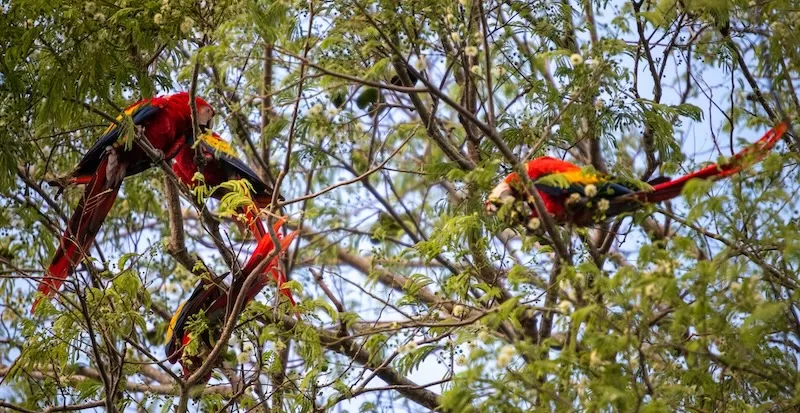
Further down lies the Osa Peninsula, where the legendary Corcovado National Park shelters 2.5% of the world’s biodiversity. Living here means sharing your backyard with toucans, sloths, and the occasional curious coati. It’s remote, yes, but also peaceful, with small, tight-knit communities and a deep respect for the land.
Types of Rental Homes in Costa Rica
Costa Rica’s housing market is as diverse as its landscapes. You’ll find everything from glass-fronted condos with infinity pools overlooking the Pacific to handcrafted cabins made from local cedar and teak, shaded by banana trees. The right home depends on what kind of Pura Vida you’re after: urban comfort, coastal serenity, or jungle seclusion.
Apartments: Urban Ease and Convenience
In cities like San José, Heredia, and Escazú, apartments dominate the rental scene. They range from compact studios perfect for digital nomads to high-rise condominiums with pools, gyms, and 24-hour security. Many are tucked inside gated developments with fiber-optic internet and shared green spaces. For newcomers or professionals on work assignments, apartments offer convenience, you’re never far from supermarkets, cafés, or coworking spaces.
Private Homes and Villas: Space, Privacy, and Personality
If you crave more space (and maybe a mango tree or two), a standalone home or villa is your best bet. Found throughout the Central Valley, Guanacaste, and the Southern Zone, these homes often feature open-air living spaces, tropical gardens, and expansive patios where the morning light filters through palms. While likely more expensive than an apartment, families, retirees, and long-term expats favor this option for the sense of ownership it brings without the permanence of buying.
Tip: Many gated communities private rentals with built-in property management and security, ideal for remote workers and part-time residents.
Eco-Lodges and Cabins: Immersed in Nature
For those drawn to the wild side of Costa Rica, eco-lodges, cabinas, and jungle homes bring you closer to the elements. Built with local hardwoods and natural ventilation, these homes often blur the line between indoors and outdoors: you might shower under the stars or sip morning coffee while monkeys swing overhead. You’ll find them mainly in Osa Peninsula, Montezuma, and the Caribbean Coast (around Puerto Viejo and Cahuita), where sustainability and simplicity are part of daily life.
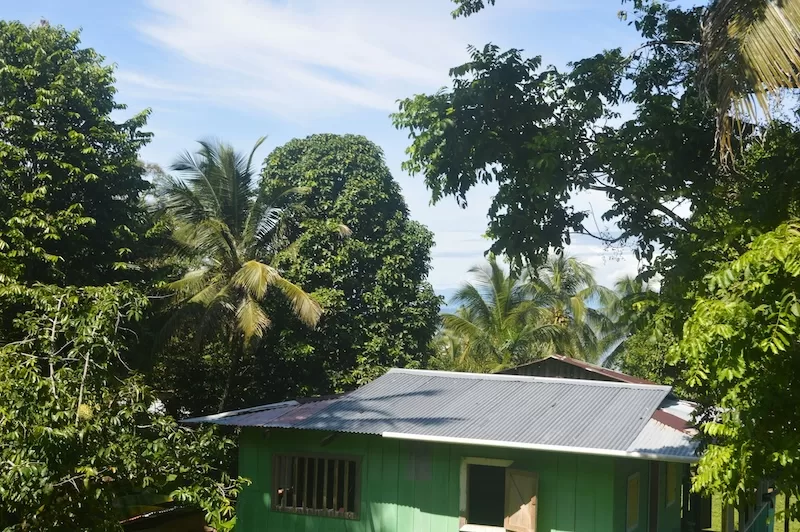
Furnished vs. Unfurnished Rentals
Most short-term and mid-term rentals come fully furnished, often down to the cookware and hammocks. They’re perfect for testing the waters before committing long-term.
If you’re planning to stay awhile, unfurnished homes tend to be cheaper (sometimes by 20–30%) and allow you to make the space your own. Just keep in mind that “unfurnished” in Costa Rica can mean completely empty (no appliances, curtains, or even light fixtures) so it pays to clarify what’s included.
What to Expect from Short- and Long-Term Rentals
Costa Rica’s rental scene is wonderfully flexible, catering equally to short-term travelers, digital nomads, and long-term expats.
Short-Term Rentals: Flexibility and Convenience
Short-term rentals dominate in beach towns and tourist hubs like Tamarindo, Nosara, and Puerto Viejo, where furnished apartments, bungalows, and villas are often listed on Airbnb, VRBO, or through local real estate agencies.
- Minimum stays usually range from 3 nights to 3 months.
- Prices vary widely: from $80–$150 per night for smaller beach units to $2,000–$4,000 per month for luxury villas during high season.
- Utilities and Wi-Fi are almost always included, and many properties offer cleaning or concierge services.
These rentals are perfect for snowbirds, digital nomads on trial runs, or anyone still scouting the perfect place to settle. Just remember: prices spike in high season (December–April), especially in coastal areas, so booking early pays off.
Long-Term Rentals: Stability and Value
If you’re planning to stay longer than three months, long-term rentals offer more stability and better value. These are common in expat-friendly communities like San Ramón, Atenas, and Uvita, where owners prefer reliable tenants who treat the property as home.
Here’s what to expect:
- Security deposit: Typically one or two months’ rent.
- Lease terms: Six months to one year (some extend automatically unless terminated).
- Payments: Usually made in either U.S. dollars or Costa Rican colones, depending on the landlord.
- Utilities: Tenants cover water, electricity, gas, and internet unless otherwise stated.
Maintenance is often shared: owners handle major repairs, while tenants take care of everyday upkeep like garden care or appliance servicing. In larger gated communities or condominium complexes, property managers often handle everything from security to pool maintenance, making life simpler for new arrivals.
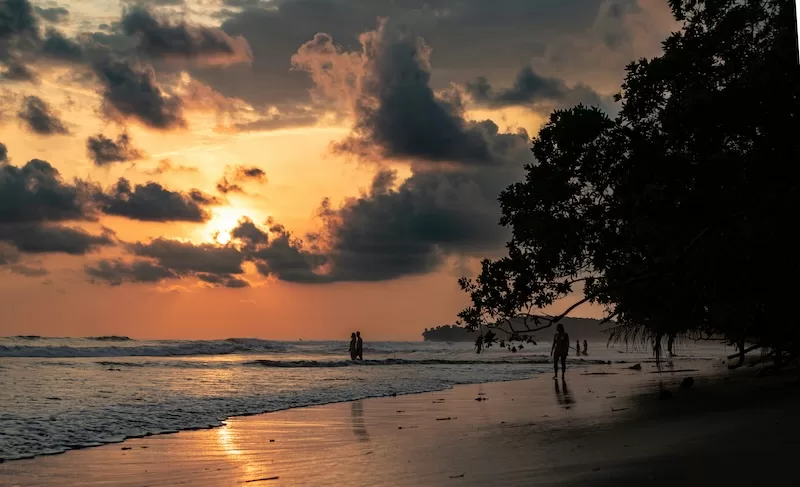
Tip: In Costa Rica, negotiation is part of the culture. Many landlords lower the price for longer stays, especially during the rainy season (May–November), when demand dips. Committing to a six-month or annual lease can reduce rent by 10–20%, and some owners will even include utilities or furnishings as part of the deal.
Legal and Practical Considerations for Renters
Foreigners enjoy the same rental rights as locals, and you don’t need a visa, residency permit, or local guarantor to sign a lease. The country’s rental laws are designed to protect both landlords and tenants, creating a fair system that supports long-term stability, a major reason why so many expats feel comfortable making the move.
Rental agreements should always be in Spanish (with English translation if necessary) and registered with local authorities.
Key legal points:
- Standard rental term: 3 years (renewable). This doesn’t mean you must stay three years, but it protects tenants from being evicted prematurely without cause.
- Landlords cannot raise rent by more than 15% per year (Law 7527).
- It’s good practice to have your rental contract registered with the local municipality (Municipalidad) for full legal standing, especially for long-term rentals.
- Always verify ownership through the National Registry (Registro Nacional).The registry will show the legal owner’s name, property boundaries, and any existing liens or encumbrances.
Taxes, Deposits, and Receipts
- Security Deposits: Standard deposits are one- or two-months’ rent. Landlords are required to return it at the end of the lease unless there’s documented damage.
- Rental Income Tax: Property owners must pay tax on rental income, but this does not affect tenants.
- Receipts: Always request and keep payment receipts, ideally in digital form. Many expats use bank transfers for transparency and recordkeeping.
Tip: In Costa Rica, informal agreements are common, but for your protection, always insist on a written lease (contrato de arrendamiento). It doesn’t need to be notarized, but it should clearly outline the rent, term, deposit, and responsibilities for utilities and repairs. Renting here should feel secure and straightforward, not stressful. With a clear contract, verified ownership, and local legal guidance, you can enjoy your new home with peace of mind and spend your days focusing on sunsets, not fine print.
Tips for Finding Reliable Homes for Rent
Finding a home in Costa Rica is part of the adventure, but like all adventures, it pays to know the terrain. The best rentals aren’t always listed on the first website you click, and the sweetest deals often spread through local word of mouth rather than glossy ads.
Here’s how to find a reliable, fairly priced home that fits your lifestyle without stepping into any of the common traps.
1. Start with Verified Platforms
Begin your search on trusted real estate and rental websites that cater to both locals and expats. Reliable platforms include:
- Encuentra24 — The country’s largest classifieds site for rentals and property sales, available in English and Spanish.
- Point2Homes — Offers verified listings and often includes English-speaking contacts.
- Facebook Expat Groups can be goldmines for leads. Locals often post rentals there before listing them elsewhere.
When possible, cross-check listings on multiple platforms and ask for recent photos or a live video tour before committing.
2. Avoid Sending Money Sight Unseen
This is the golden rule: never wire money or send a deposit without verifying the property in person (or through someone you trust on the ground). Scammers occasionally copy legitimate listings from Airbnb or MLS sites, swap contact info, and ask for deposits to “hold the property.” If you’re abroad and can’t visit, hire a local real estate agent or relocation consultant to confirm details. Video calls are your friend: walkthroughs via WhatsApp or Zoom can help you spot inconsistencies instantly.
Pro tip: When renting long-term, it’s common to pay the first month plus deposit only after signing the contract in person.
3. Work with Reputable Agents
Unlike some countries, Costa Rica does not have a national real estate licensing authority, so anyone can technically call themselves an agent. Stick to professionals affiliated with the Costa Rican Chamber of Real Estate Brokers (CCBR) or well-established local agencies like Coldwell Banker, Century 21, or Remax Costa Rica. Good agents find listings, mediate with landlords, ensure fair terms, and help you navigate cultural nuances (for instance, how to ask for a rent reduction politely in Spanish).
4. Negotiate with Respect and Timing
Negotiation is normal in Costa Rica, but tone matters. Politeness and genuine interest go a long way. Many landlords prefer stable, trustworthy tenants and will gladly lower the price for a longer lease (6–12 months) or advance payment.
Rent also fluctuates seasonally: high season (December–April) pushes prices up, while green season (May–November) brings more flexibility. If you can, start your search in the shoulder months (April or November) to find better deals.
5. Visit at Different Times of Day
A property that looks peaceful at noon might sound completely different at night. Before signing, visit during the evening or weekend to gauge neighborhood noise, traffic, and lighting. If you can, ask potential neighbors about water pressure, internet reliability, and local safety. Those insights are more accurate than any listing description.
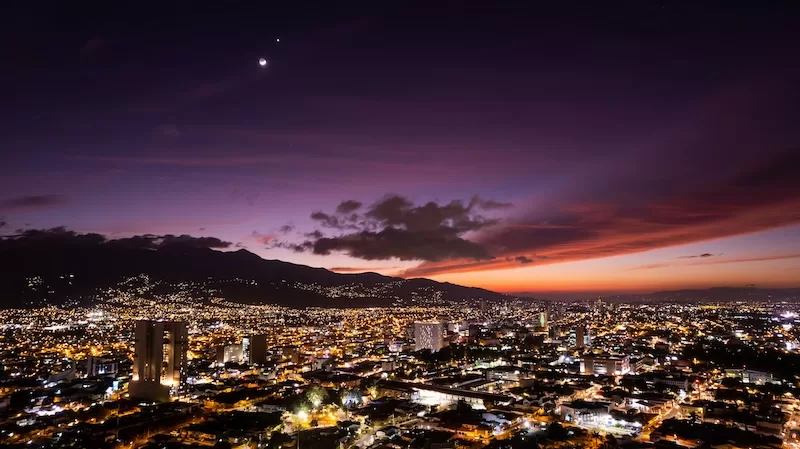
6. Check Internet and Utilities Before Moving In
Reliable Wi-Fi and water access are non-negotiable for most renters, yet they vary drastically by region. Coastal areas like Santa Teresa or Puerto Viejo may have occasional outages. If you work remotely, confirm the internet provider (Kolbi, Tigo, or Liberty) and speed (10–100 Mbps) before finalizing your lease. Also clarify which utilities are included, as some rentals include electricity and water, while others don’t. In Costa Rica, electricity bills can spike if the home relies on air conditioning.
7. Trust Your Gut and Take Your Time
If something feels off (a deal too cheap, a pushy owner, or a rushed deposit) walk away. The rental market is large and diverse; patience almost always pays off. Finding a home in Costa Rica is like hunting for ripe mangoes: you might climb a few branches and check a few that aren’t ready yet, but when you find the right one, it’s sweet, simple, and exactly what you were looking for.
FAQs
Q1: Can foreigners rent property in Costa Rica?
Yes, foreigners can rent with the same legal rights as citizens. No residency is required.
Q2: What’s the average monthly rent for a home?
Expect $800–$1,200 for mid-range homes inland, and $1,500–$3,000 near beaches.
Q3: Are utilities included in rental prices?
Usually not. Tenants pay separately for water, power, and internet. Always confirm what’s included before signing the lease.
Q4: Can I rent long-term while applying for residency?
Absolutely. Many expats rent for 6–12 months while completing their residency paperwork. It’s a flexible way to get settled before buying property.
Q5: Is it safe to rent property remotely?
Only if verified through reputable agents or platforms. Avoid unverified listings.
Q6: What’s the standard rental contract length in Costa Rica?
By law, residential leases are set at a minimum of three years (Law 7527), though many short-term or furnished rentals operate under private contracts of six months to one year.
Q7: How much is the typical security deposit?
Most landlords request one month’s rent, though high-end or furnished rentals may ask for two. It’s refundable if there’s no damage or outstanding bills.
Q8: Do I need a local bank account to pay rent?
Not necessarily. Many landlords accept bank transfers in USD or colones, or even PayPal or Wise payments if they cater to expats. Having a local account makes payments easier for long-term stays.
Q9: How reliable is internet for remote work?
In most populated areas, internet is fast and stable. Fiber-optic connections (50–200 Mbps) are common in the Central Valley and coastal hubs like Nosara, Uvita, and Tamarindo.
Q10: Can I have pets in rental properties?
Pet policies vary. Some landlords allow pets with an additional deposit, while others restrict large dogs or multiple animals. Always clarify before signing.
Q11: When is the best time of year to find rentals?
You’ll find the best selection and prices during the green season (May–November). High season (December–April) brings higher demand and rates, especially along the coast.
Q12: What appliances or furniture are typically included?
Short-term rentals are usually fully furnished. Long-term rentals may include only major appliances (or sometimes nothing at all) so always confirm what’s included in writing.
Find Your Pura Vida Home
Renting in Costa Rica lets you embrace a lifestyle shaped by ocean air, connection with nature, relaxation and friendly neighbors. Start with curiosity. Visit different regions, explore communities, and learn what daily life truly feels like here. When the right home finds you, it will feel less like a rental and more like belonging.
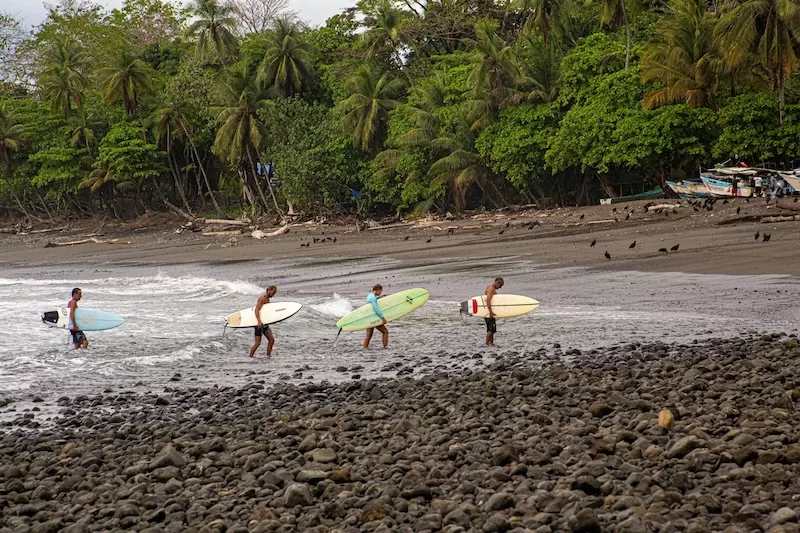
Ready to begin your journey?
Subscribe to Escape Artist’s newsletter for weekly updates on expat living, investment insights, and relocation tips across Latin America. Discover your next home in paradise, one story at a time.
We’ve also created something to make that leap a little smoother: Download the Ultimate Costa Rica Handbook, your all-in-one guide to living and thriving in Costa Rica. Inside, you’ll find practical tools, real estate guidance, and the kind of local secrets only longtime expats know.
Start here. Read, plan, dream a little, and when the moment feels right, pack light and come see what Pura Vida really means.
Contact Author
"*" indicates required fields
Stay Ahead on Every Adventure!
Stay updated with the World News on Escape Artist. Get all the travel news, international destinations, expat living, moving abroad, Lifestyle Tips, and digital nomad opportunities. Your next journey starts here—don’t miss a moment! Subscribe Now!
